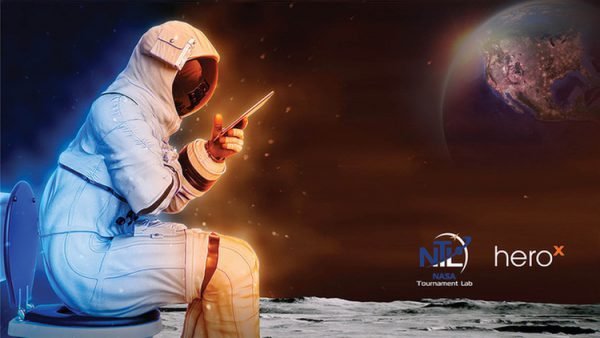These are exciting times for the space exploration arena. NASA is looking forward to returning to the moon in 2024 by means of the Artemis mission, which is also touted to be the first to take a woman onto the Moon’s surface.
And NASA is offering a total prize money of $35,000 for its Lunar Loo Challenge!
And what is this all about?
Recently, NASA has requested the global community to design an innovative and compact toilet that can operate both in microgravity and in lunar gravity.
And while there are toilets in use at the International Space Station that are designed for microgravity only, NASA is looking for smaller, more efficient toilets that can work in the lunar gravity too. And since lunar gravity is approximately one-sixth of the Earth’s gravity, the waste moves differently on the Moon.
Of course, there are a few other criteria that the toilet design must meet. For instance, in terms of the dimensions, the toilet design must have a mass of less than 15 kilograms in Earth’s gravity and occupy a volume of less than 0.12 cubic metre. It must consume less than 70 Watts of power and operate with noise levels of less than 60 decibels.
Further, because the Artemis is due to launch the first woman on moon, the toilet must cater to both male and female astronauts ranging from 58 to 77 inches tall and 107 to 290 lbs in weight.
The design must also help conserve water, maintain a clean environment without contaminants and odors, and accommodate different types of human wastes.
“Our astronauts accomplish amazing feats of science and space exploration. But at the end of the day, they’re still human. We need to provide them with the same necessities as here on Earth so they can continue to do their job,” said Mike Interbartolo, manager for the Lunar Loo Challenge out of NASA’s Human Landing System (HLS) Crew Compartment Office at NASA’s Johnson Space Center in Houston.
The challenge has begun from 25th June 2020 and will run for a few months till 17th August 2020. For more information on the challenge, click here.
The prizes will be given in two categories: Technical, in which participants must be over 18, and Junior, which is for children under the age of 18. The winners of the technical category will receive a cash prize, a chance to speak with NASA engineers, and a private tour of the Johnson Space Center in Houston, Texas.
While the winners of the technical category will be announced on 30th September, the results of the junior category will be out by 20th October 2020.
So, all you thinkers, innovators, and scientists out there, look up the link and apply!
1